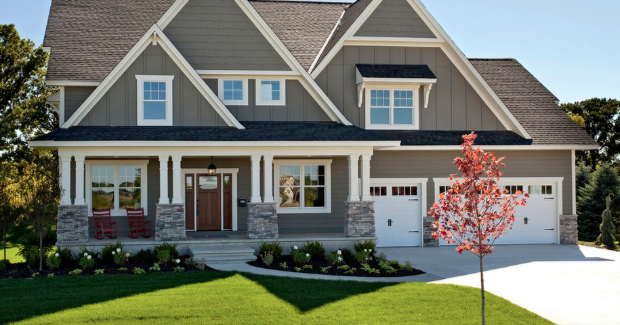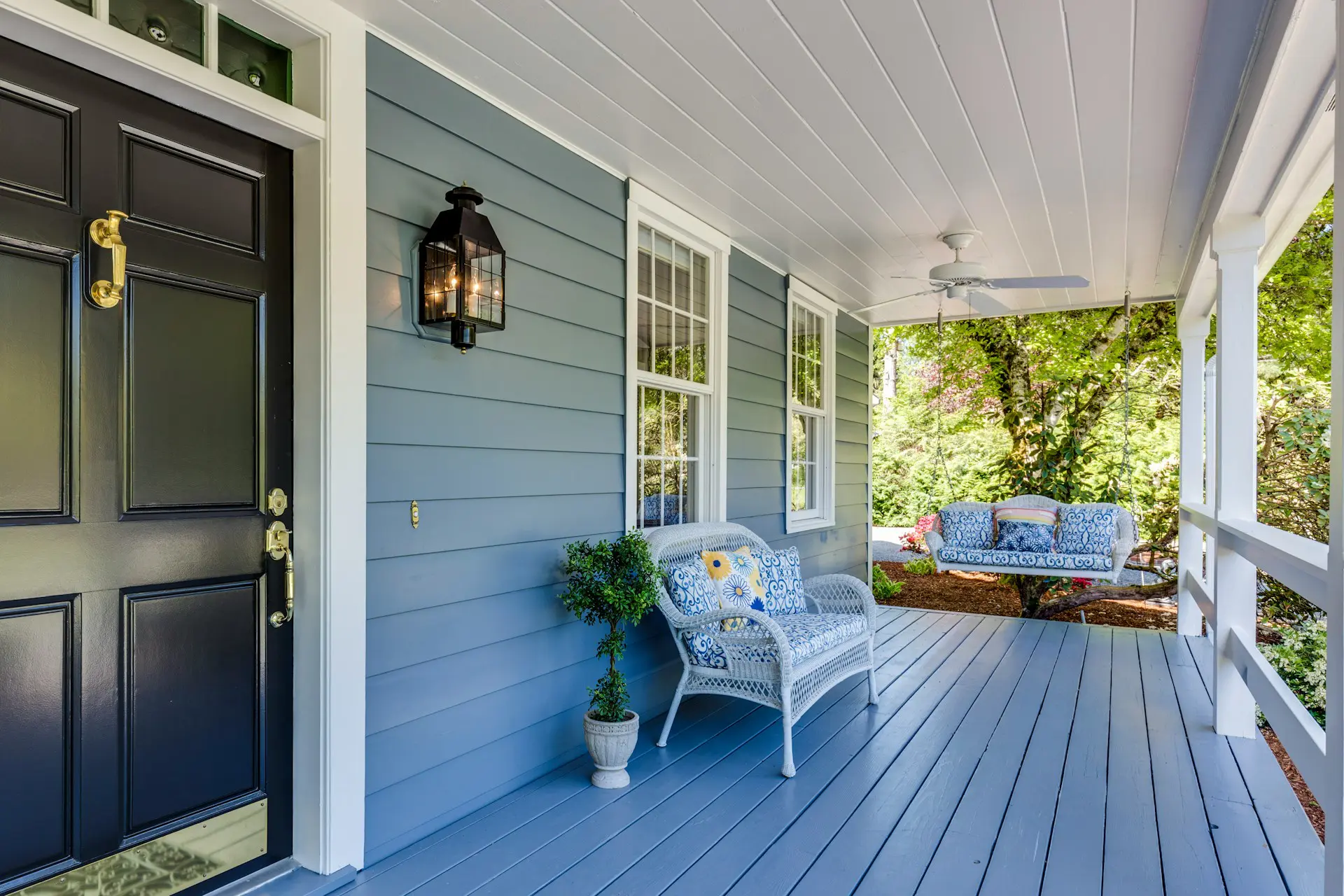Self Priming Paint


The meaning of Self-Priming Paint
Need some help deciphering the new language surrounding paint? Our professional interior and exterior paints at Hömm help you figure out what it’s really all about.
Nowadays when you see house paint being advertised it is common to see the terms “two in one primer and paint” or “self-priming paint”. What does this really mean? At a first glance you might think that you will avoid the expense of the primer and the application of separate primer and paint. But at what expense is this cost/time avoidance coming to you as the consumer?
What is primer? A primer is the coating applied to a bare substrate such as wood, masonry, dry wall or metal, for the purpose of sealing the surfaces and at the same time enhancing the adhesion of the new top coats of paint. It will also provide passive corrosion resistance to metal surfaces as well as it will block stains and odors on dry wall and will block wood-bleeding marks from knots.
So what about the “self-priming” paint? These high quality paints may serve the purpose of a primer plus 2 top coats to complete the work, coming to a total of 3 top coats as is the standard on bare surfaces and 1-2 top coats on previously painted surfaces. These type of paints are usually thicker than the regular ones therefore have a “higher build” that when applied, they leave a thicker paint film.
The question here is how well adhered is the paint film? These paints are known to have certain limitations on bare substrates. As a reference the price of these paints are between $50 – $75 / gallon.
Therefore, when applying a self-priming paint you are avoiding the cost of the primer but at the same time risking the life time of the paint job, which is best suited for DIY projects or for situations where the endurance of the paint is really not important.
Now, if you are looking to get a long lasting paint job that will stretch out your investment for 4- 5 years and will also protect and enhance the appearance of the surfaces for that long, well the application of the primer along with high quality paint is a must. The reason is because the primer will lock in the system to the substrate and will prep the surface in a way that the top coat will level out to a smooth uniform finish.
Here is a small exercise for you to understand the cost benefit. Say we have a large area of 1,500- 2,500 sqft of bare wood for both scenarios:
- Scenario 1: using self-priming paint, 2 coat application: 15 gallons x $65 / gallon = $975. The application of two coats may be around $450. Total: $1,425.
- Scenario 2: regular primer plus 2 coat application: 8 gallons of primer x $20, plus $11 gallons of paint x $65 = $875. The application of the three coats may be around $675. Total: $1,550.
- The expense is higher by $125 with scenario 2.
- Being conservative for both, scenario 1 will last 2 years and scenario 2 will last 4 years.
- Your investment is clearly more secure on scenario 2.
So all in all, while self priming paint may save you a few dollars in the short term, in the long term, it’s a bad investment and won’t pay off. Do yourself and your wallet a favor, by paying a little more for higher quality paint.
We are a locally owned company providing professional painting services for the residential and commercial clients. We have been in business since 2005 and we are still growing. We proudly serve the Northern Virginia and Maryland region.










